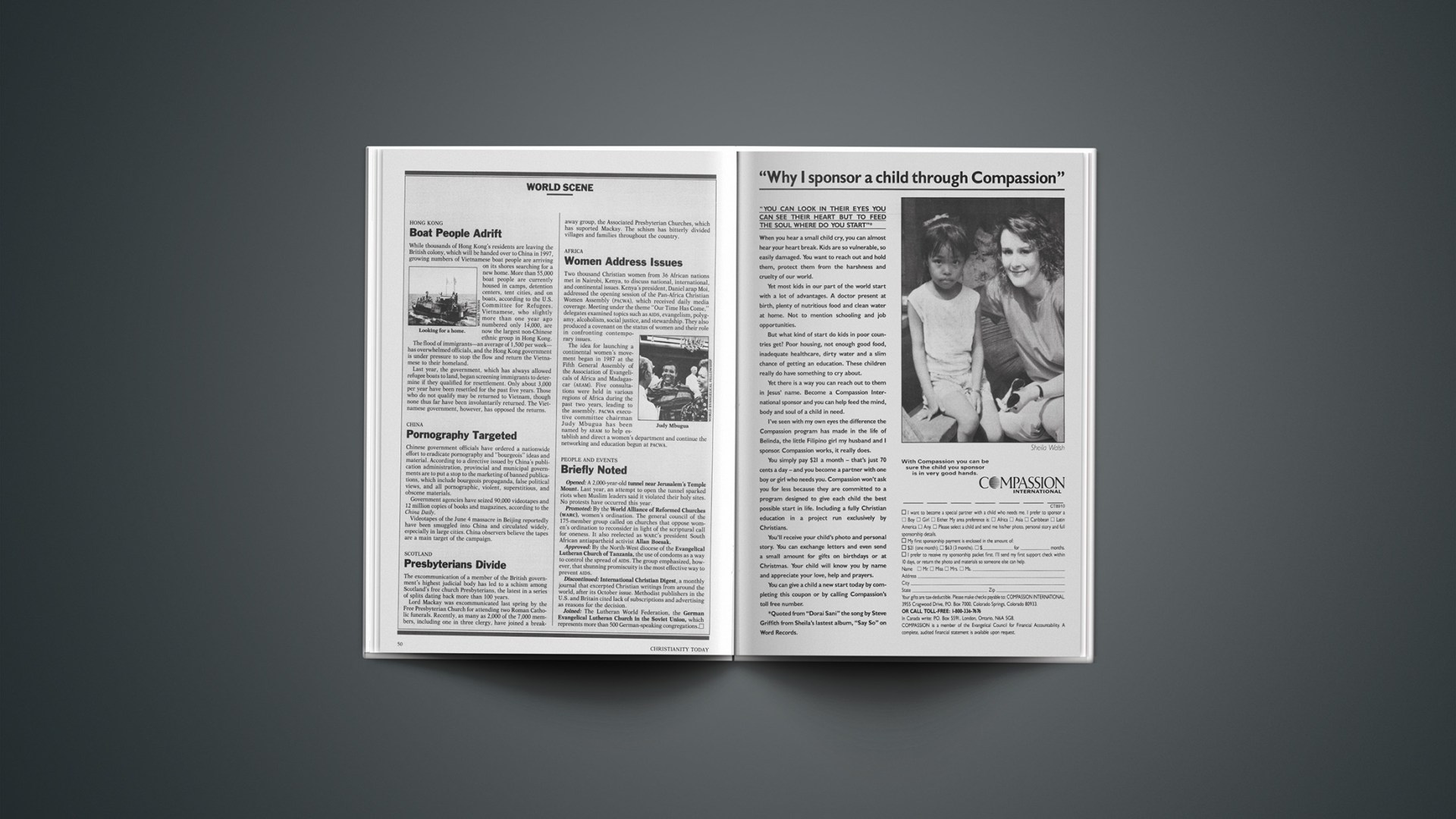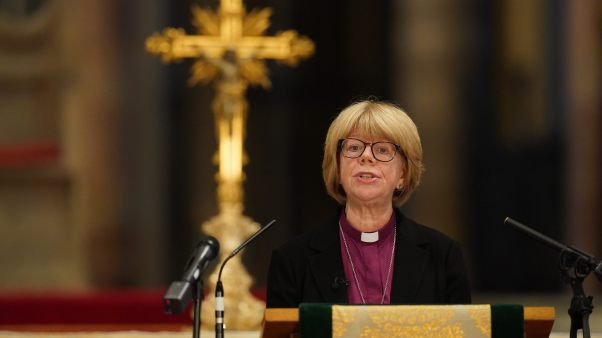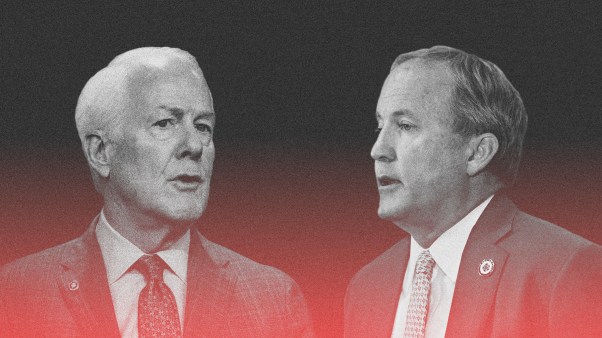The bearded, robed figure portrayed on the movie screen, though familiar to Western eyes as Jesus, was unknown and obviously foreign to the audience of 1,700 Maasi warriors in southern Kenya. But when he opened his mouth and spoke in their own language, hundreds of Maasi heard—and saw—Jesus for the first time and indicated their desire to follow him.
Similar scenes have been repeated thousands of times around the world in the ten years since the première of the film Jesus, which has become the most translated film in history. Dubbed into more than 130 languages, it has been viewed by over 325 million people in 155 countries.
The film, distributed by Campus Crusade for Christ, has been used by more than 200 mission organizations and denominations. Missions executives from a broad variety of ministries consistently praise the film. Joe Hurston, president of the Orlando, Florida-based Air Mobile Ministries, works with Mission Aviation Fellowship to fly film teams into remote areas. After hundreds of showings, he called the movie “the greatest tool we have, apart from the Bible.”
The success of Jesus lies first of all in its faithfulness to the Scripture, said Paul Eshleman, director of the film project. The story line is taken directly from the Gospel of Luke; Jesus speaks only those words recorded in the gospel. Extensive research also went into the film to make it as historically accurate as possible.
Translation has been the other key to the positive response to the film, Eshleman said. “Many of those seeing the film today have never had a film in their language before. So they are drawn to it. And the impact of hearing the words in their mother tongue is much greater than in a second or third language.”
Campus Crusade estimates more than 30 million people have indicated decisions to follow Christ as a result of film showings.
Originally produced by director John Heyman’s Genesis Project, Jesus was released in the U.S. in October 1979 by Warner Brothers. Campus Crusade took over international distribution the following spring, and began translating the film into major languages. Each translation costs an average of $20,000.
Missionary teams have carried portable generators and projectors into remote areas to show the film. It has also been broadcast on national television in many countries, and more recently has been made available on videocassette to rental shops and churches.
Translation efforts have been aided by the recent development of portable, digital recording equipment, which allows teams to make high-quality recordings of languages on location, Eshleman said. Back in a studio, computers help match each of the 3,000 lines of speech precisely to the actors’ moving lips.
Eshleman hopes to translate Jesus into 271 languages (every language that is spoken by at least one million people) by 1993. Other organizations have expressed interest in translating the film into less-spoken dialects.










